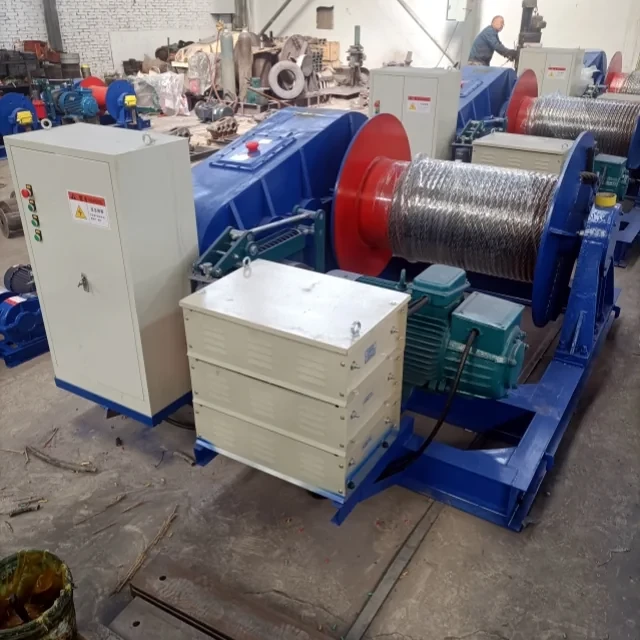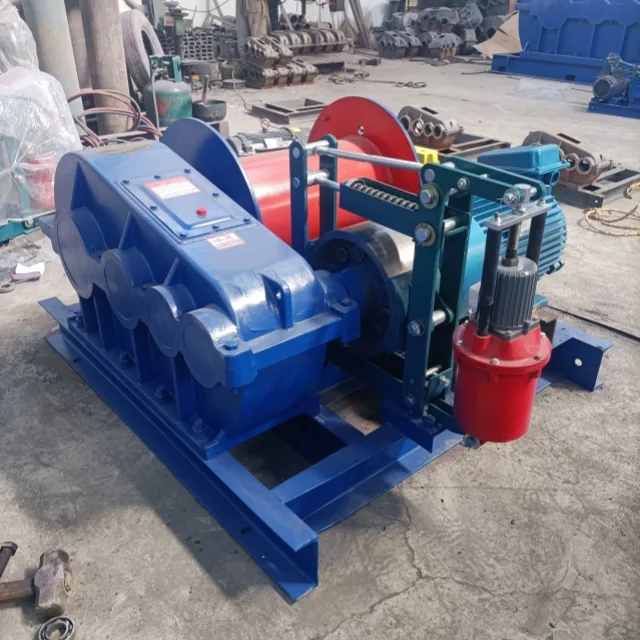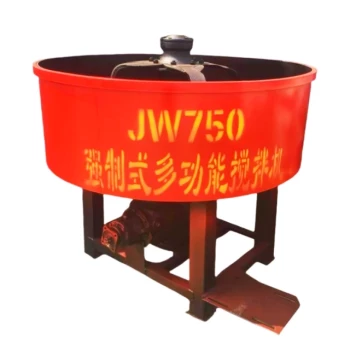Selecting the perfect winch isn’t just about raw power—it’s about matching the right technology to your specific needs. Whether you’re hauling heavy loads on a construction site or navigating treacherous off-road terrain, the wrong choice can lead to inefficiency, higher costs, or even safety risks. This guide breaks down winch power sources, compares their strengths, and provides scenario-based recommendations to simplify your decision.
Winch Power Sources Explained
Manual Winches: When Simplicity Meets Reliability
Manual winches are the unsung heroes of low-tech, high-reliability applications. Operated by hand cranks or levers, they’re ideal for:
- Light-duty tasks: Hoisting small boats, adjusting tension in fencing, or occasional farm use.
- No-power environments: Remote job sites or emergency backups where electricity or fuel isn’t available.
- Budget-conscious users: Lower upfront costs and minimal maintenance.
Ever wondered how manual winches outperform powered ones in certain scenarios? Their lack of dependency on external power makes them fail-safe in critical situations.
Electric vs. Hydraulic: Balancing Power and Efficiency
Electric Winches
- Pros: Easy installation, quieter operation, and lower maintenance (no hydraulic fluid leaks).
- Cons: Limited continuous duty cycles; overheating can occur under prolonged heavy loads.
Hydraulic Winches
- Pros: Consistent power output, even in extreme temperatures or wet conditions (e.g., marine use).
- Cons: Require existing hydraulic systems, adding complexity and cost.
Key Insight: In marine environments, hydraulic winches often outperform electric models due to their resistance to corrosion and moisture. However, electric winches are simpler to retrofit onto vehicles or small boats.
Internal Combustion and Steam: Niche Applications
These winches are rare but serve specific roles:
- Diesel/Gasoline Winches: Used in heavy industrial settings (e.g., logging, mining) where extreme torque and mobility are needed.
- Steam Winches: Mostly historical or specialized (e.g., vintage machinery restoration).
Scenario-Based Selection Guide
Industrial and Construction Use Cases
For construction sites, prioritize:
- Hydraulic winches for heavy, continuous lifting (e.g., steel beam placement).
- Electric winches for mobile cranes or intermittent loads.
Visual Metaphor: Choosing between hydraulic and electric here is like picking between a marathon runner (hydraulic’s endurance) and a sprinter (electric’s quick bursts).
Marine and Off-Road Environments
- Marine: Hydraulic winches dominate due to their resilience in saltwater and ability to handle heavy anchors or fishing nets.
- Off-Road: Electric winches (like those from Garlway) are popular for recovery operations, offering portability and sufficient power for most vehicles.
Cost and Maintenance Trade-offs
| Factor | Manual | Electric | Hydraulic |
|---|---|---|---|
| Upfront Cost | $ | $$ | $$$ |
| Maintenance | Low | Medium | High |
| Lifespan | 5–10 yrs | 3–7 yrs | 7–15 yrs |
Pro Tip: For small businesses, electric winches often strike the best balance between cost and capability.
Conclusion: Matching Winches to Real-World Needs
The right winch depends on three pillars:
- Environment (marine, industrial, remote).
- Duty Cycle (continuous vs. intermittent use).
- Budget (upfront cost vs. long-term maintenance).
For most users, Garlway’s range of electric and hydraulic winches offers reliable solutions tailored to demanding scenarios—from construction sites to offshore rigs. Remember: A winch isn’t just a tool; it’s the muscle behind your most critical operations.
Next Steps: Evaluate your typical load weights and operating conditions, then consult with experts to narrow your options.
Related Products
- Ready Mixer Machine for Construction Ready Mix Machinery
- Electric and Hydraulic Winch for Heavy Duty Applications
- Portable Concrete Mixer Machine Equipment for Mixing Concrete
- Small Electric Winch 120V and 240V for Compact Applications
- Commercial Construction Mixer Machine for Soil Cement Mixing Concrete
Related Articles
- How to Build an OSHA-Compliant Safety System for Concrete Mixer Workspaces
- Optimizing Concrete Mixer Safety: How Proactive Tire and Suspension Maintenance Prevents Catastrophic Failures
- How to Choose the Right Concrete Type for Every Construction Challenge
- How to Conduct OSHA-Compliant Concrete Mixer Inspections: A Safety-First Checklist
- How to Choose Concrete Mixers for Long-Term Reliability and Cost Savings





















